Now that we have secretly become penguin specialists, we don’t want to miss out on the special species of rockhopper penguin. To do so, we take a detour from National Road 3 in Argentina to Puerto Deseado. We get into the reinforced inflatable boat and off we go on our rockhopper penguin expedition.
Rockhopper penguins on Penguin Island
We’re getting used to the fact that the beautiful, melodic-sounding names in Spanish are relatively banal in German or English. With that said, Isla Pingüino is simply the penguin island where we find the rockhopper penguins. In contrast to all the penguin species we already know, such as the Galapagos penguins, Humboldt penguins, Magellan penguins and king penguins, the rockhopper penguins have an aesthetic peculiarity. They carry long feathers on their heads, which protrude from their heads, giving them a beautiful and special appearance. Rockhopper penguins are among the smallest penguins and look incredibly fluffy. They also have bright red eyes. This is perhaps the most aggressive-looking penguin.
The penguin’s behavior is in stark contrast to its appearance: Calm, patient and almost trusting, the little guys are scattered across the cliffs – perfect photo models. We are allowed to visit the colony freely for a good hour, which means we can slowly approach the penguins. As long as they show no signs of stress, we can take as many photos as we like. This makes the experience really impressive for us, it is more like visiting a penguin colony than a visit to the zoo with the king penguins in western Tierra del Fuego. We enjoy the time – after 1,000 and one photo, we still have enough time to look at the penguins in silence. What a wonderful experience!
Elephant seals and sea lions
Incidentally, we also come across elephant seals and a sea lion colony on Penguin Island. In contrast to the penguins, the animals here are much more wary of humans. This is also due to the fact that sea lions were hunted for their fat for lamp oil and the like until a few decades ago. Otherwise, the seals, which appear less graceful on land, lie, fart and burp around on the beach. Quite a noise and if the wind turns in the wrong direction, the visit also stinks up the nose. For that reason we quickly get back on the boat.
Commerson’s dolphin
On the way back, nature has another highlight in store for us: first, a black and white dolphin comes and plays with the bow wave of our two inflatable boats. Our captains are kind enough to slow down and let the dolphin lead the way. This is how we come across a whole group of dolphins. At least 10, more likely 15 or even 20 Commerson’s dolphins move quickly and playfully in the water around our two inflatable boats. Sometimes they swim to the left of the boat, sometimes to the right, and then they move across to the other dinghy at lightning speed. The excursion group on the boat really has to pull themselves together so that they don’t all rush to one side of the boat for a great shot and capsize the dinghy. The distinctive black and white markings of the dolphins remind us a little of the much larger orcas. However, we are satisfied with the Commerson’s dolphins, which are only found in very southern waters, and that we are able to observe a whole group: Unique!
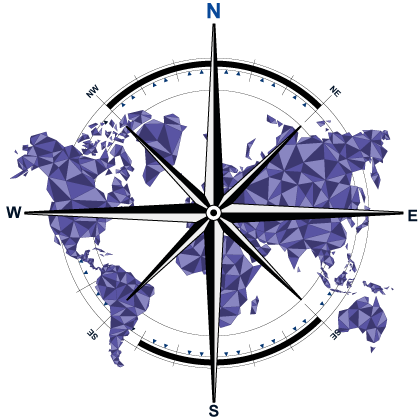
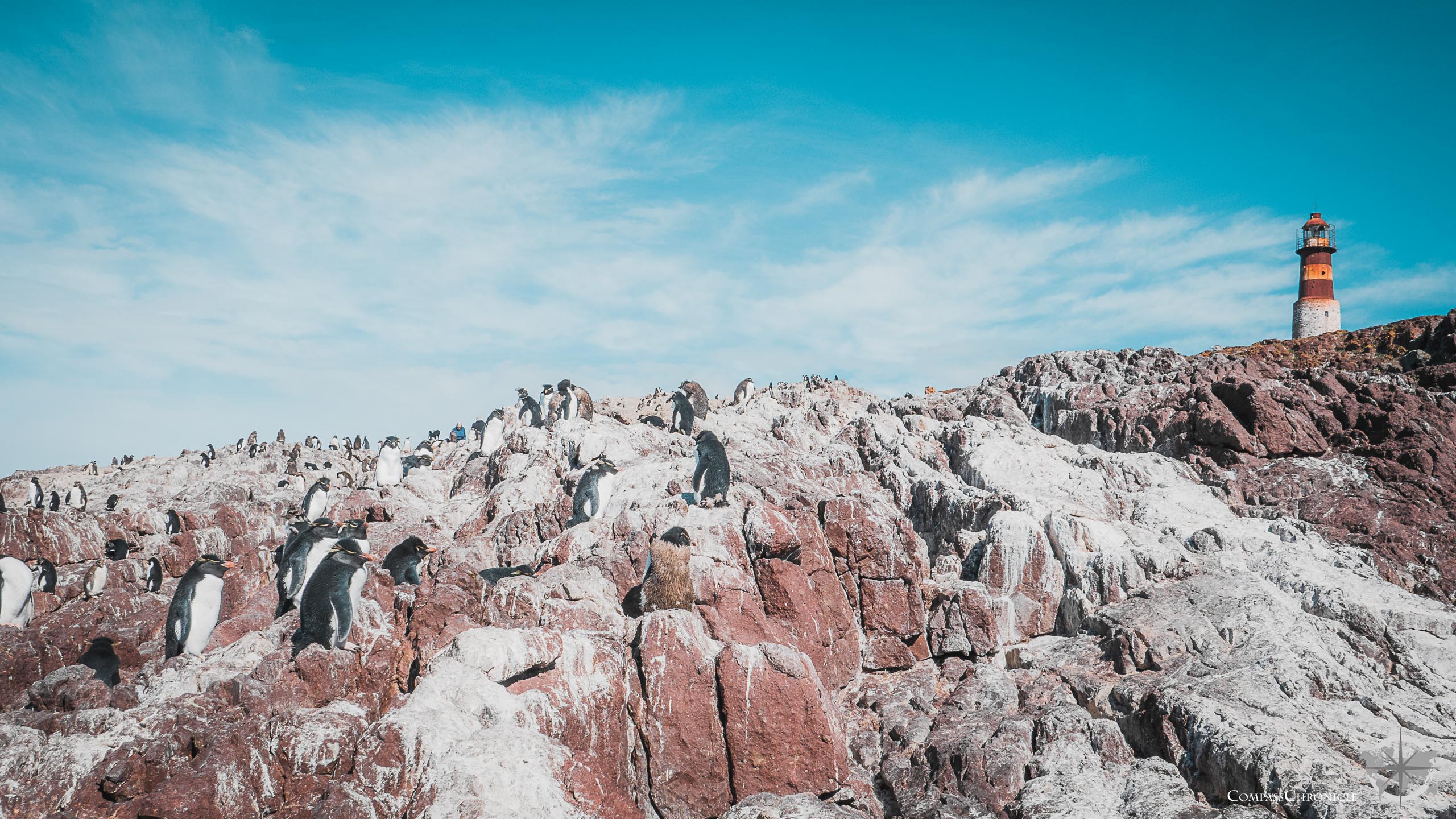
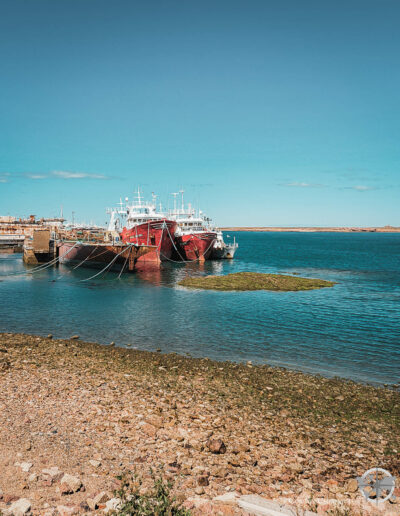
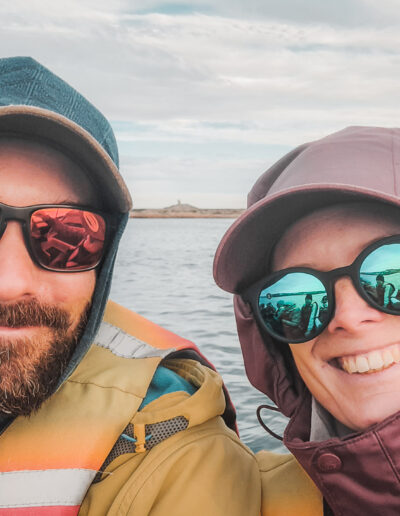


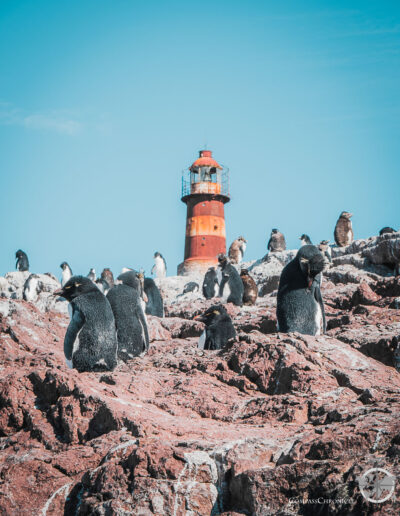





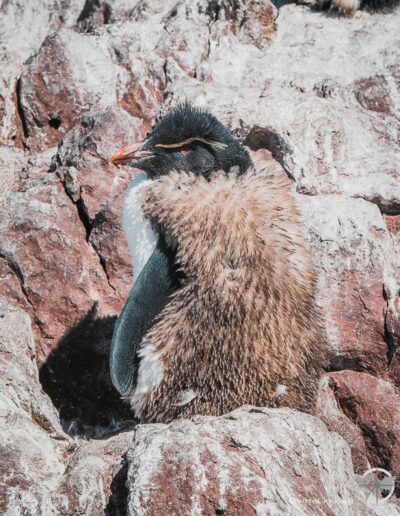




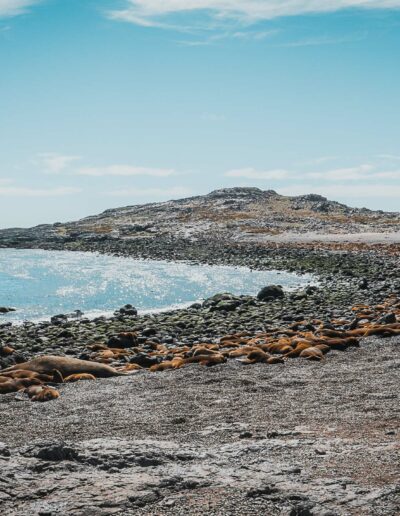
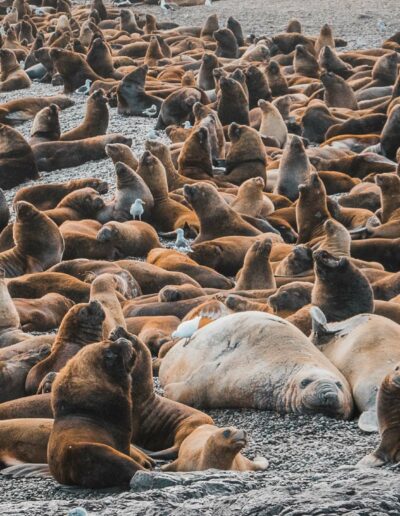
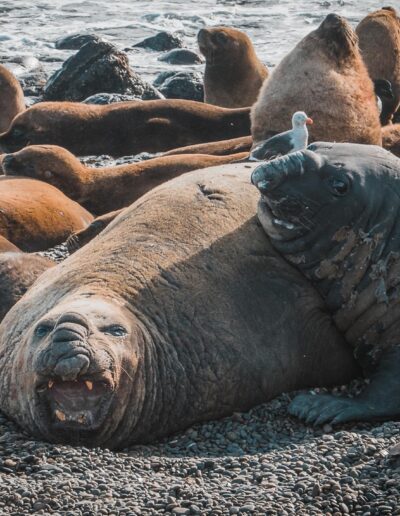









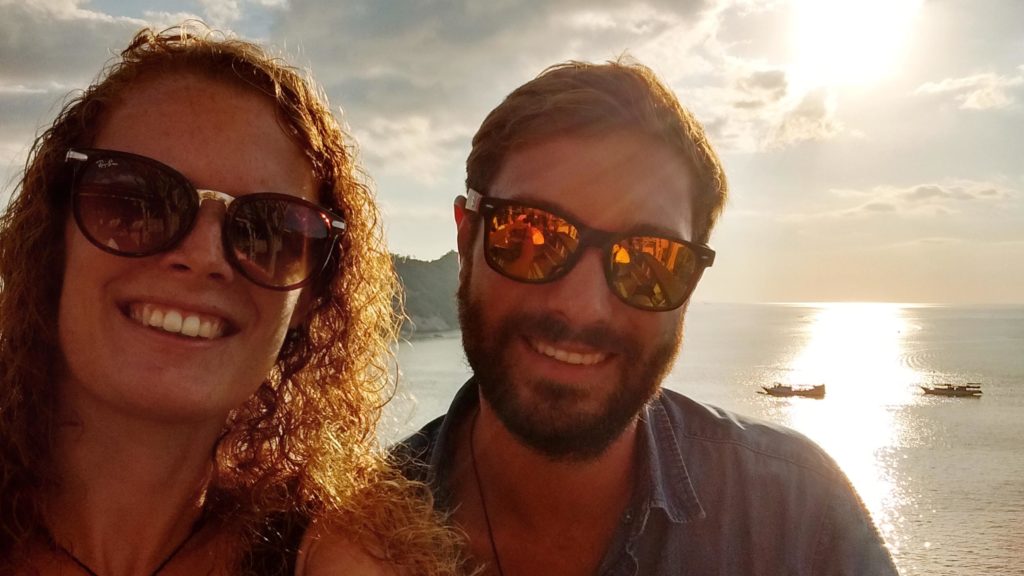

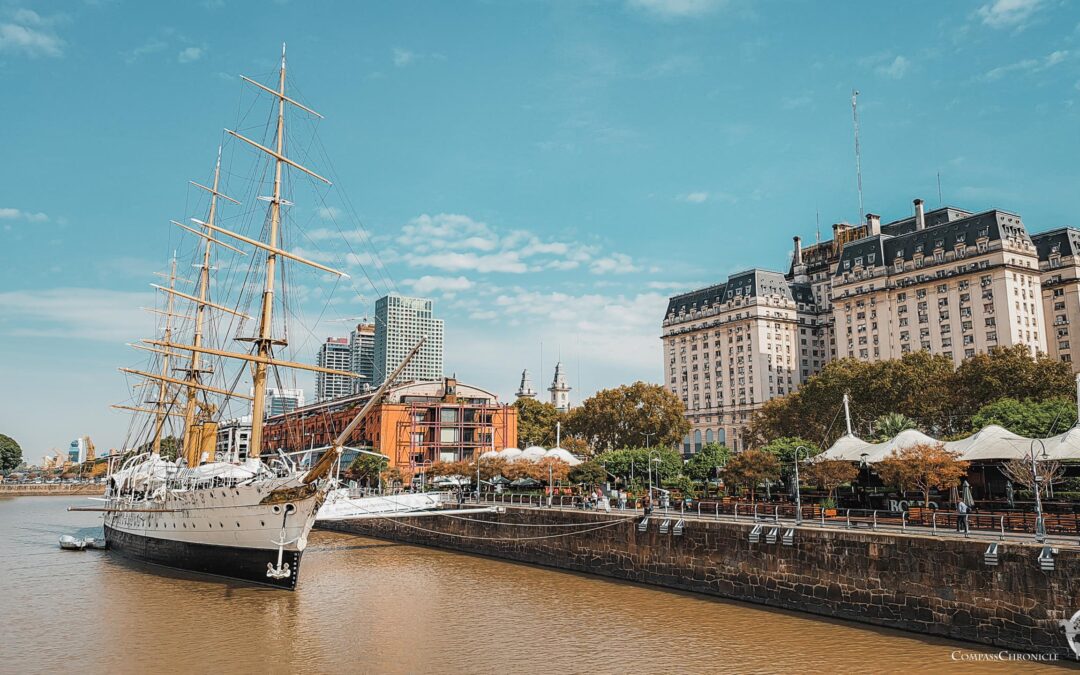

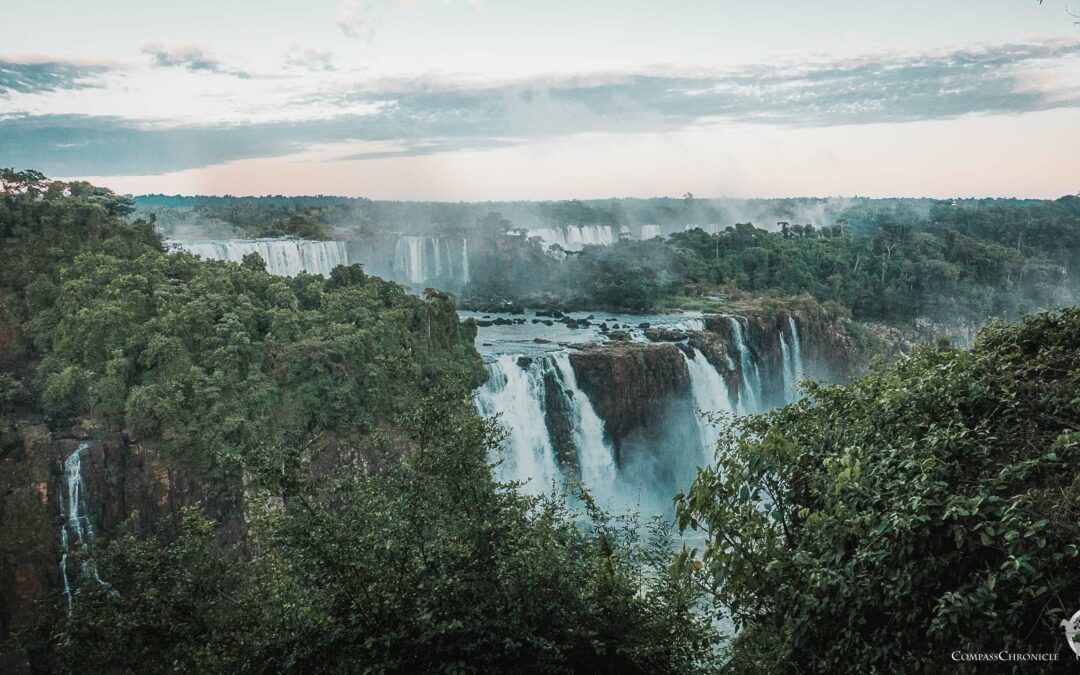
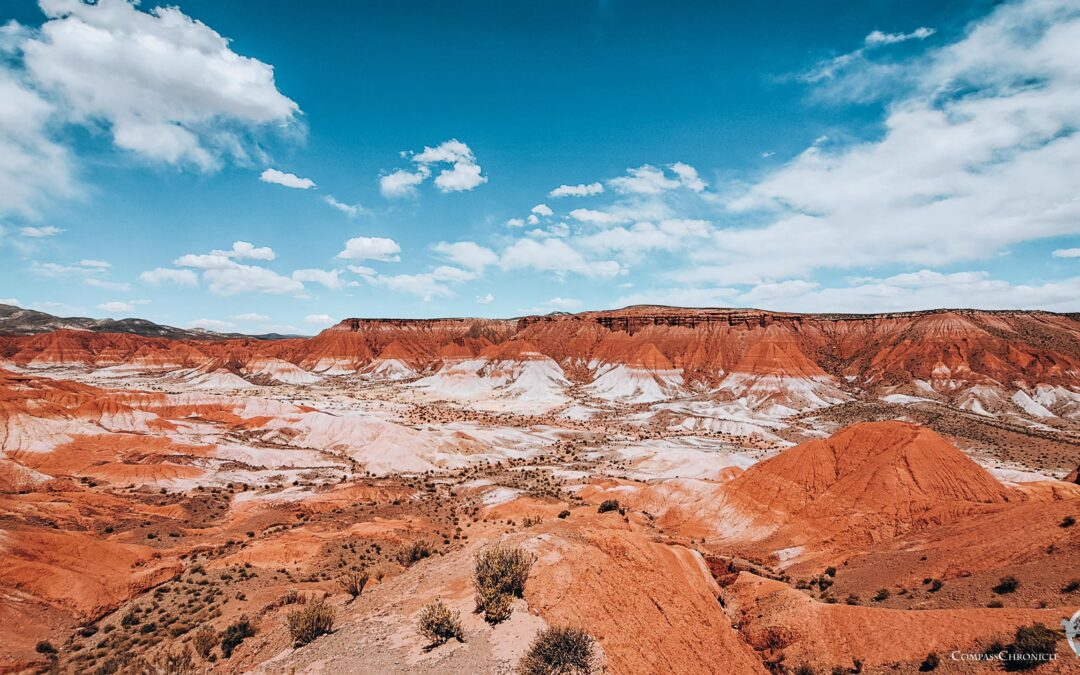
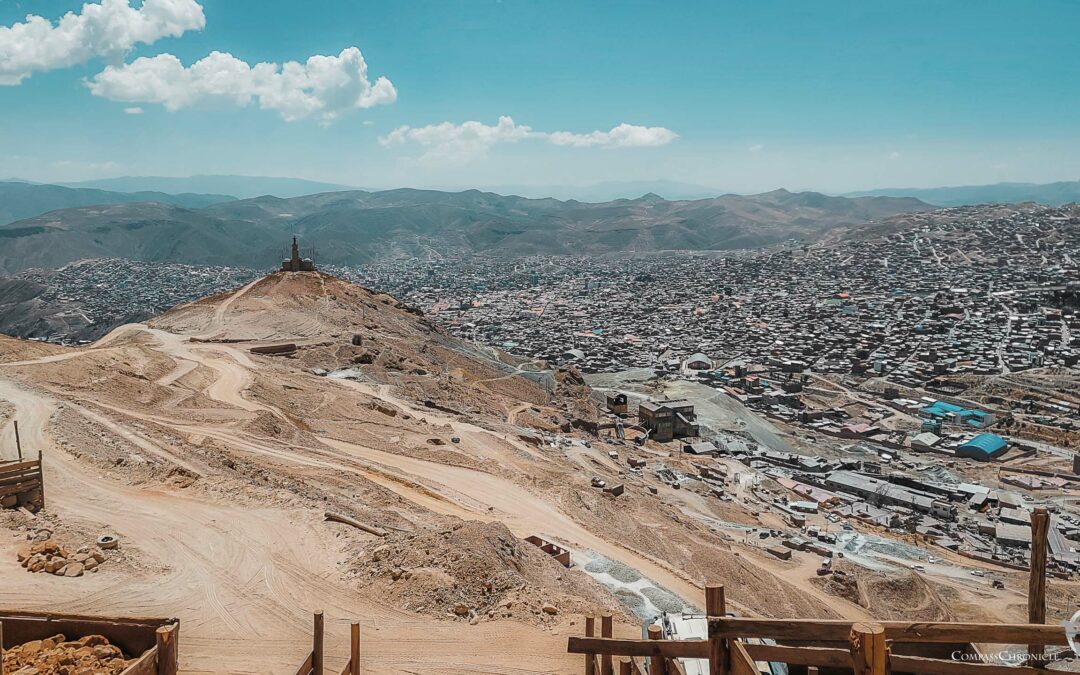
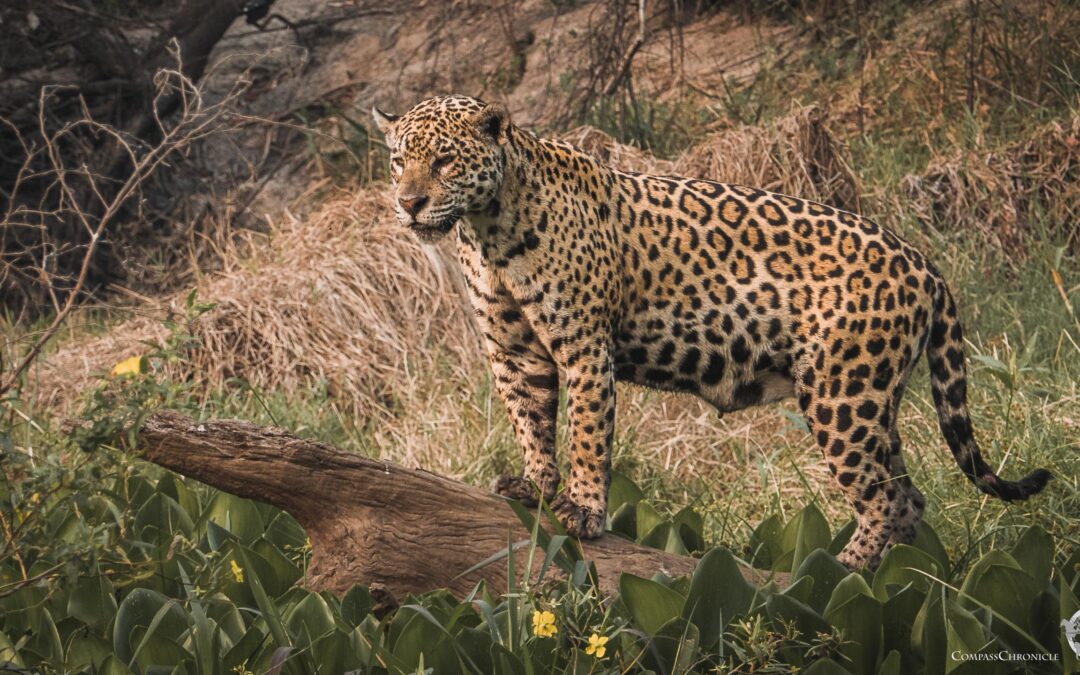
0 Comments